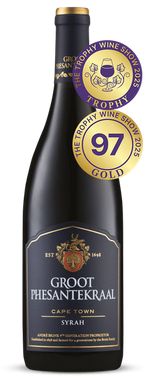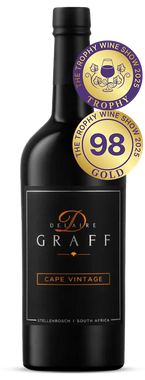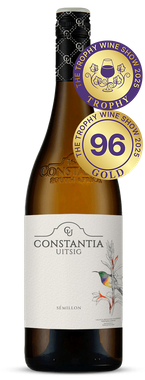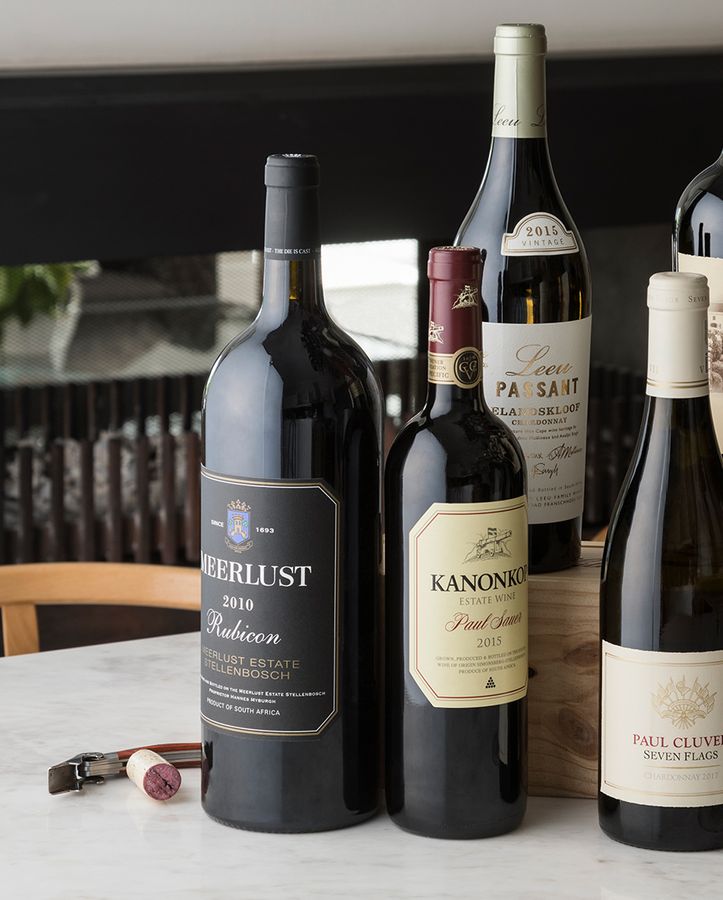South Africa’s wine industry contributes R56.5 billion annually to the economy and employs around 270,000 people. But, as Basson reminds us, “It’s not just a Western Cape story”. From transport to tourism and tech, the ripple effects of this sector reach far beyond the vineyards of Stellenbosch and Paarl.
In the third episode of Wine in Focus, a vodcast hosted by Lerato Motshologane – trade finance specialist at Investec for Business and founder of Discover Wine –we focus on the broader market forces shaping the South African wine sector.
Joined by SA Wine CEO Rico Basson and Investec Victor dos Reis, a senior transactor in the Leverage Finance team at Investec, they chat about the industry’s growth prospects, trade, investment and what’s attracting FDI into the industry.
If straight audio is your preference, listen to the podcast here:
You can also listen on Apple Podcasts | Spotify | YouTube
But if you like your content served visually, watch the discussion here:
Powerful job creator
“The wine industry has one of the highest economic multipliers in the country,” says Basson. “One job on a wine farm creates 10 others in the value chain.”
With over 127 career paths identified in wine and its adjacent industries, from logistics to label design, wine is no longer just about winemaking, it’s a growth engine for national development.
Tourism next source of growth
Wine tourism is another pillar of industry sustainability generating nearly R10 billion annually and set to rise. While international visitors are vital, 66% of wine tourists are local, driving the rise of unique wine experiences tailored to diverse audiences: think wine and family, wine and friends, or wine and golf.
For small-scale wineries who make up more than 75% of the 520 wine producers in the country, direct sales to tourists are critical. “For some, 44% of revenue comes directly from wine tourism,” Basson shares.
And with new infrastructure developments like expanded direct international flights into Cape Town, the opportunity to grow that footprint is real.
Trade winds of change
Despite progress, South African wine exporters face an uncertain international trade landscape. With proposed US tariffs on the horizon, set to reach 30% for SA wines – the pressure is mounting, especially since our EU competitors' tariffs are sitting at 20% while Australia and Chile are on only 10%
Though the US accounts for only 4% of our exports, it remains the world’s largest wine market. "Any market loss is unaffordable,” Basson warns. “But the real risk is the uncertainty – it forces exporters into difficult decisions.”
Yet, Investec’s dos Reis sees a silver lining: “Don’t waste a good crisis. This is a moment for the industry to reposition creatively, especially in rising markets like Africa, Japan, Singapore and Vietnam.”
Africa rising: A backyard of possibility
The conversation turns inward, toward the continent. With its growing population and rising middle class, Africa represents untapped demand and new distribution channels. The Ivory Coast, Nigeria, Kenya and Cameroon, are all on the radar of the South African wine industry.
But unlocking this potential means addressing non-tariff barriers and improving regional integration, something that’s being addressed by The African Continental Free Trade Area (AfCFTA).
As Basson notes, “Our future lies in value and not volume. We need to play the niche game well, price right, and build sustainable brands with staying power.”
Why the world is buying into SA wine
With 25% of local wineries now under foreign ownership, global investors are taking note. But it’s not just about wine, it’s about people, land and logistics.
From Stellenbosch acquisitions by French multinationals to American-owned New Zealand brands dominating the US, the pattern is clear: investment follows value, quality and scalability.
“Our people are one of our biggest assets,” says Basson. “Foreign ownership isn’t a threat; it’s a global vote of confidence. It also brings crucial distribution advantages.”
A region of innovation and opportunity
For Investec, the wine sector is a microcosm of broader Western Cape potential. “Wine intersects with tech, logistics, agri-processing and finance,” dos Reis says. “And it’s that ecosystem built around innovation and collaboration that excites us.”
The Trophy Wine Show exemplifies this spirit, showcasing the best of South African wines and fostering connections between producers and consumers.
Public-private partnerships, especially in infrastructure, are already making a visible impact, from ports and rail to airport access and tourism corridors. The key now? Holistic investment and long-term vision.
When asked where they see the industry in a decade, both guests converge on one theme: value-led growth.
Basson predicts consolidation but envisions a smaller, more premium sector that leads globally in sustainability and social impact. “Our real secret weapon? People. If we honour their role, we will lead the world.”
Dos Reis echoes the sentiment: “Let South African wine be a brand ambassador to the world. Let it show who we are and what we’re capable of.”
To make sure you don’t miss an episode of Wine in Focus, subscribe to Investec Focus Radio SA on Apple Podcasts | Spotify | YouTube










